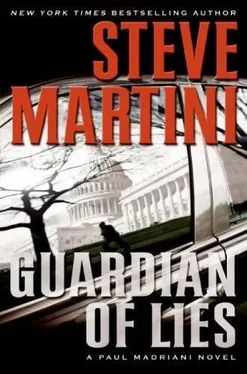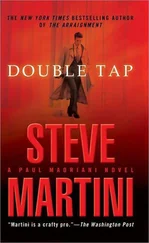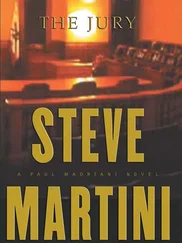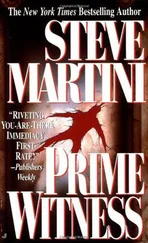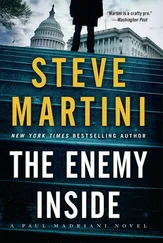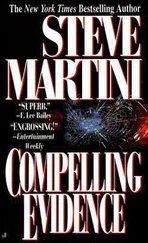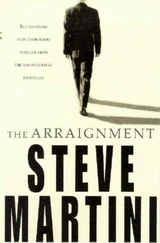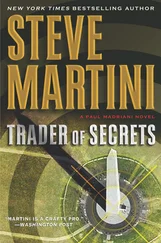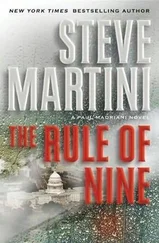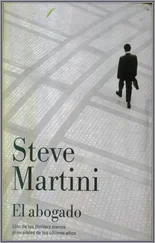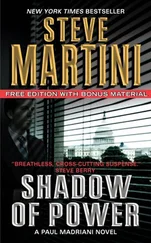“I’m familiar with it,” said Thorpe. “It’s across the river, in Virgina. We did contract work there years ago.”
“Right,” said Zink. “The missing lab analyst still hadn’t shown up for work. The police came by and got information on contacts and next of kin, getting ready to do a missing person’s, I guess. Our agent asked if they could take a look at the photo images sent in by Emerson Pike. They had to finagle a bit, but finally they got one of the supervisors to let them take a peek. The only problem was, the photos were gone.”
“What?”
“The supervisor looked, checked their system up one side and down the other, and couldn’t find them. After an hour and some disc diving by their IT people, they concluded that somebody had removed them from the system. They did find references to Pike and the photos on their website e-mail system, but the system was set up to strip attached images from incoming client mail in order to save space on the company’s servers. As a consequence, there are no copies of Pike’s digital images in their system.”
Thorpe turned his attention to the file in front of him. “Aren’t these the pictures?”
“No,” said Zink. “That’s what was sent to our man. Those are only two enlargements of what he was told is a single digital frame. There were additional photos, according to his source, either six or seven, he couldn’t remember.”
“And unfortunately, the two enlargements don’t show facial features or any clue as to location,” said Britain. “The first one is a shoulder patch from a field tunic for a Russian missile brigade. We received background on it from military intelligence at the Pentagon. It’s old.”
“The picture?”
“No. The tunic,” said Britain. “Our man in the lab says his source, who is also a photo analyst with experience and skill, assured him that the digital images were shot about four months ago. He’s not sure if he was given a specific date. If he was, he couldn’t remember.”
“Go on.”
“The Russian missile unit dates to the early sixties and ceased to exist sometime around 1965, after the Cuban Missile Crisis.
“The next enlargement,” said Britain, “the name patch over the pocket, is from the same jacket, according to the source. The only portion of it we can read are the first two letters of the soldier’s name. They’re Russian Cyrillic. The English translation is NI .
“Next is a series of documents,” said Britain. “The first set, marked ‘Top Secret-Classified,’ are from the executive committee of the National Security Council, most of them dating to the late fall, early winter of 1963. The last one, I believe, is dated just sixteen days before President Kennedy was assassinated. Behind those are a series of translations from Soviet military and intelligence files obtained by the CIA in the early nineties, just after the collapse of the Soviet Union. The original documents date back to the period between October and the end of December 1962. To save time we’ve summarized the critical items on a single page, yeah, I think you have it there.”
Thorpe read the summary through once, very quickly. “Wait…wait…wait,” he said. “I remember hearing about this guy from some of the old fossils at CIA, musta been what, thirty years ago now, the legend of Yakov Nitikin. He’s a bag of smoke. Soviets floated the name after the Cuban missile mess so we’d chase ghosts. I can’t remember, what it was that they called him?”
“The Guardian of Lies,” said Llewellyn.
“That’s it.” Thorpe snapped his fingers and pointed at Llewellyn. “Always count on Herb for a good memory.”
“It was a takeoff on Churchill’s famous quote,” said Llewellyn, “that in time of war the truth is so precious that it must always be attended by a bodyguard of lies.”
“That’s what we thought at the time,” said Britain. “But it appears we may have been wrong. The old Soviet intelligence documents behind the summary, those were obtained from KGB files after the Soviet Union collapsed. According to those, Nitikin was real, and so was his secret.”
“So what you’re telling me is, this guy Nitikin is the one wearing the jacket in the two enhanced photos?” said Thorpe.
“It would seem to fit with the two first letters of the last name over the pocket,” said Britain.
“Okay, let’s assume I buy into this. It’s all very interesting, but it’s ancient history. We’re talking 1962, almost fifty years. I mean, I guess it’s possible that the man could still be alive, maybe. But the item sure as hell isn’t. There’s no way.”
Thorpe looked at Herb Llewellyn, seated across the table from him. “Tell me I’m right, Herb!”
“I’d like to. In any other circumstance I wouldn’t hesitate, but in this case I’m afraid I can’t.”
“You’re kidding.”
“No.”
Thorpe looked at his watch. He didn’t have time for a physics lesson. “Ray, do me a favor, go out and tell my secretary to call the director’s office and tell him I’ll be there in a couple of minutes. I’m running a little late.”
Zink headed out of the conference room with the message.
“Herb, for the moment I’ll assume there’s some basis in fact for your belief in perpetual shelf life, and we can talk about that. But I suspect that if this guy’s even alive, and he has anything at all, he’s probably in a wheelchair somewhere sitting on a pile of corroded metal.”
“I don’t think so,” said Llewellyn.
“We’ll talk about it when I have more time,” said Thorpe. “For the moment I think we’re chasing rainbows here. The stuff in the old Soviet files could be disinformation for all we know. Back during the Cold War, both sides were big on that. Put a fairy tale in your file and let the other side find it. In the meantime you’re spending a billion dollars looking for Goldilocks.”
“What about Pike’s murder and the missing photo analyst?” said Britain.
Zink came back into the room and closed the door behind him. He was carrying a sheet of paper in his hand.
“I don’t know,” said Thorpe. “The whole thing just doesn’t smell right. The only thing we have linking the Russian’s name with Pike’s murder is a lot of hearsay from a photo analyst who’s missing. And even that’s tenuous. We’re reaching into fifty-year-old Soviet documents to make the connection.”
“Not exactly,” said Zink. “Not anymore. Take a look at this.” He handed the sheet of paper to Thorpe.
“What’s this?”
“It’s the booking sheet on the suspect in Pike’s murder. I had my secretary pull up what she could find off the law enforcement database on the state’s case while we were meeting. That was on my desk.
“The suspect is a foreign national by the name of Katia Solaz. She’s in the country on a Costa Rican passport. According to my secretary’s note, the woman was living with Pike at the time he was killed. But check out the alias; one of the names she used was Katia Solaz-Nitikin.”
Thorpe took a deep breath as he looked at the name on the sheet. “You’re sure about this?”
“I have to assume that if the police picked it up on the booking sheet, they must have gotten it from somewhere, either a passport or a driver’s license.”
“Get a couple of agents out of the San Diego field office to go over to the courthouse and comb the police file on this thing. And don’t wait. Do it today. Tell them anything with the name Nitikin on it, we want to take a look. Also see if they can get additional background on the suspect, particularly as regards family, also where she’s from in Costa Rica.”
Both Zink and Britain were scrawling notes on legal pads as Thorpe spit out instructions.
Читать дальше
